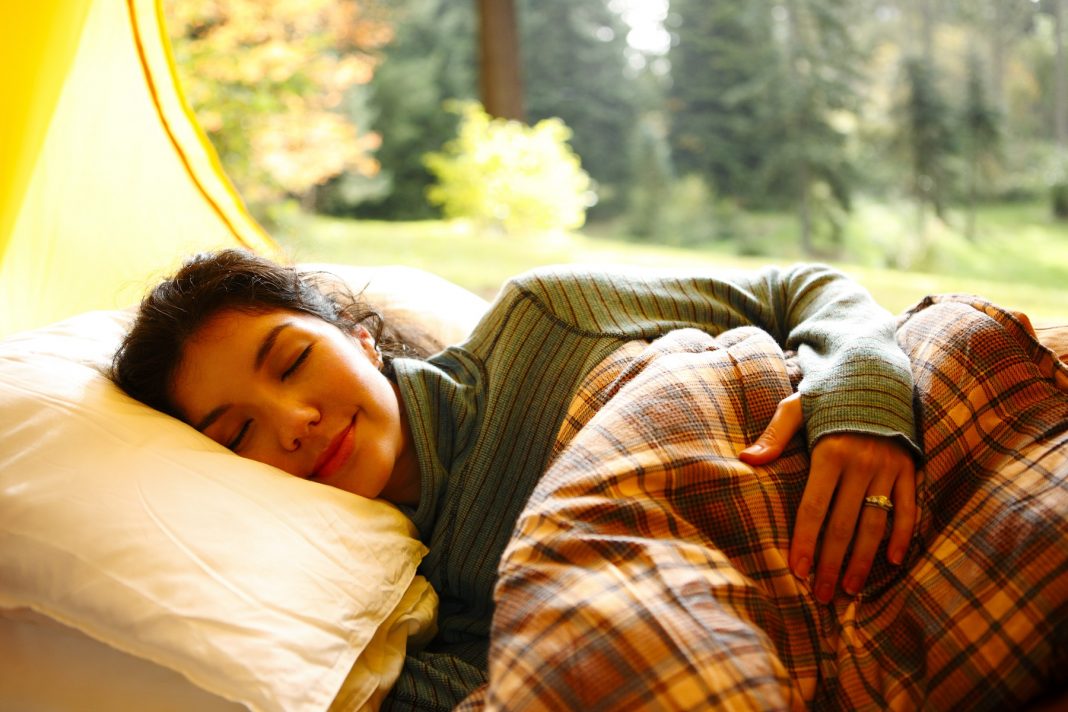Submitted by Dr. Ankeney for Kaiser Permanente
As another fall lurches toward a generation of school kids, now’s a great moment to talk about sleep. I know it seems a little strange to talk about nodding off to never-never land as we stew in the excitement of a new school year. But the reality is that much of America is “undersleeping,” especially school kids.
Do you know how many hours of sleep per night is recommended for an average child/adolescent? It’s quite a lot, actually. Adults need at least seven hours per night on average for optimal sleep health. The National Sleep Foundation suggests up to nine hours for adults. Kids need substantially more, something in the 10-12 hour range.
Problem: nearly 30 percent of adults in the U.S. report sleeping 6 or fewer hours daily with rates even worse among adolescents. And why does this matter? Over time, people suffer from all kinds of problems like reduced vigilance, distractibility, poor motivation, restlessness, and even incoordination. But insufficient sleep also can lead to cardiovascular disease, obesity, all-cause mortality (people who sleep less die earlier), reduced libido especially in older adults, and depression.
Not getting enough sleep is a true medical diagnosis too: “Insufficient sleep syndrome.” The diagnosis requires both that the person is sleeping less than the recommended number of hours AND that they exhibit some of the symptoms listed above. It’s pretty clear that sleepiness played a role in the 1979 Three Mile Island nuclear disaster, the Exxon Valdez oil spill, and the 1986 nuclear meltdown at Chernobyl. You gotta wonder if the Atlanta Falcons were sleep-deprived when they played the Patriots in the 2017 Super Bowl.
Doctors can help with insomnia using medications, right? The best answer here is along the lines of…rarely. The history of sleeping pills is long, interesting, and harrowing. The process of helping facilitate sleep through medication goes back to ancient times. Probably the first sleep aid was trusty alcohol, which indeed causes drowsiness. But that nice shot of J.D. gets metabolized quickly, which usually leads to frequently-interrupted sleep patterns through the latter half of the night and an uncomfortably hazy morning.
In 1832, a drug called chloral hydrate (also called Noctec) entered the sleep scene. We then moved on to barbiturates and methaqualone and glutethimide. Some of these are still available on the market, most are not. ALL of the drugs we’ve used over the past 200 years do in fact cause drowsiness, so their introduction into the world was routinely met with enthusiasm. But with the advent of each new drug, the devil emerged in the details. Virtually every sleep aid eventually causes tolerance (the dose taken doesn’t work like it initially did) and create dependence (the drug doesn’t work much, but to not take them leads to sleeplessness for days).
Worse, many of the “sleepers” pills were found to be extremely toxic in overdose; even a few extra could prove fatal. Some, barbiturates in particular, were found to stimulate enzymes in the liver to break down other drugs more quickly which then floods the body with drugs that were meant to trickle in slowly.
The American entertainment culture has a long history with sleep meds. Jacqueline Susanne’s 1966 novel “The Valley of the Dolls,” one of the most successful books in publishing history, is a story about an aspiring actress who took ‘dolls’ (barbiturates) and was hooked on them. The Rolling Stones song “Mother’s Little Helper” is about a middle-America housewife addicted to little yellow pills, also likely barbiturates. If you haven’t heard the song, it’s not good. The upshot is that the pills ostensibly meant to help with sleep have become the fundamental unit of drug addiction in modern America. And let’s not forget the death of Michael Jackson, using a combination of propofol (used to cause anesthesia) and benzodiazepines. On that mixture, he simply stopped breathing.
So, we’re left with a difficult conundrum: Sleep is important, and almost all medications that cause it are a horrible trap. What can be done?
Turns out, quite a number of non-medical things can help with sleep; in fact, few people truly suffer from a physiological inability to sleep, so medications aren’t really necessary for them. The first step is simply making time for sleep a priority. It’s remarkable how many people don’t even give themselves a chance of a good night’s sleep because they don’t observe a bed time.
Beyond this, most can conquer their sleep problems with assiduous sleep hygiene, sleep diaries, “wearables” (devices you can wear to track sleep quality), ASMR (repetitive sounds that create a pleasant lulling effect), smart phone sleep apps, and even cognitive behavioral therapy.
So it’s still a reasonable thing to visit with your medical provider to ask for help with sleep if you aren’t getting enough. But ask for help devising a plan that doesn’t use medications. There are so many options today that everyone can create a plan that fits them best. And in the end, you can find a path to blissful, refreshing sleep, free of the medications that have plagued humanity for so long.
“Kids are different today,”
I hear ev’ry mother say
Mother needs something today to calm her down
And though she’s not really ill
There’s a little yellow pill
She goes running for the shelter of a mother’s little helper
And it helps her on her way, gets her through her busy day.-Rolling Stones


















































